
The soft, garment-like device assists with forward propulsion and ground clearance in patients with gait impairments accumulated after experiencing a stroke.

Alicia Bigica is the Associate Editorial Director for NeurologyLive. Prior to joining MJH Life Sciences in 2019, she helped launch leading resources for medical news in the neurology and dermatology specialties. Follow her on Twitter @aliciabigica or email her at [email protected].

The soft, garment-like device assists with forward propulsion and ground clearance in patients with gait impairments accumulated after experiencing a stroke.

Pfizer reported that the study did not meet its primary endpoint, with no statistically significant reduction in seizure frequency recorded with pregabalin versus placebo.

Given that depression is a common symptom in patients with MS and is associated with increased morbidity and mortality, the investigators examined the effects of lower-efficacy DMTs and higher-efficacy DMTs on depression.

In order to better understand the clinical and economic impacts of nonadherence to disease-modifying therapy, the investigators conducted a cost-consequence analysis among patients taking once- or twice-daily DMTs.

The investigators sought to compare a 6-week, in-person intervention with CBT for insomnia and a brief education program in patients with MS who reported symptoms of insomnia.

Results of the large, long-term, population-based study suggest that statin therapy in older adults who experience a concussion may help reduce the deleterious effects of brain injury.

The National Organization for Rare Disorders is home base for more than 300 member organizations that serve not just patients, but providers who care for those with rare disorders, such as SMA and Duchenne muscular dystrophy.

Zolgensma, an adeno-associated virus vector-based, one-time gene therapy administered via intravenous infusion, is the first and only FDA-approved gene therapy for SMA.

Patients across all dosing groups saw statistically significant and clinically relevant reductions in migraine days during the 12-week treatment period compared with the placebo group.

The investigators observed a dose-dependent reduction of mutant huntingtin concentration in the cerebrospinal fluid of patients who received HTTRX, supporting the launch of a confirmatory phase 3 trial.
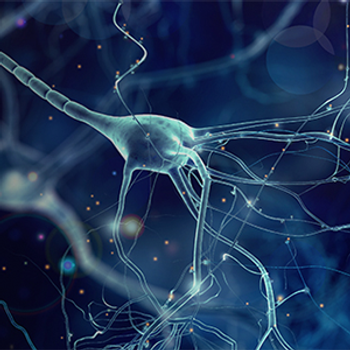
The anti-CGRP drug, which was recently approved for the prevention of migraine in adults, showed significant reductions in weekly cluster headache attack frequency by week 3 in 76% of patients.

The treatment was efficacious in patients with AQP4-IgG-positive NMOSD, which accounts for nearly three-quarters of the population with the disorder, for which there is currently no approved treatment.

The guideline, which is endorsed by the Child Neurology Society and the European Academy of Neurology, is the first guideline on the topic for US-based clinicians.

Results from the phase 2b study in 8 patients with predictable seizure patterns demonstrated good feasibility, tolerability, and efficacy, with a 62.5% responder rate.

The post hoc analysis pooled data from 3 trials to evaluate the benefits of adding memantine to treatment with cholinesterase inhibitors for patients with moderate to severe Alzheimer disease.

Interim results of the phase 1/2 study show statistically significant reductions in SOD1 protein levels in cerebrospinal fluid, suggesting lower concentrations in the brain and spinal cord, as well.

Changes in MS diagnostic criteria and the availability of highly effective DMTs has deemed the risk for postpartum relapse nearly irrelevant for the majority of patients with MS.
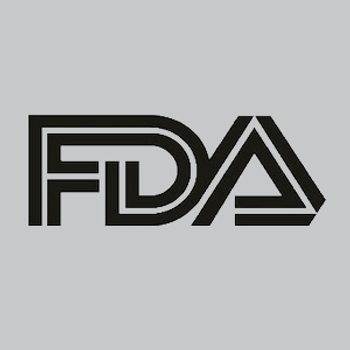
The proprietary software utilizes sophisticated algorithms and 7T MRI data to predict the location of the subthalamic nuclei, a key target for deep brain stimulation for the treatment of Parkinson disease.

When combined with high-intensity statin therapy, treatment with alirocumab resulted in a 27% reduction in stroke risk, and 15% reduction in all-cause mortality.

The adoption of plasma NfL as a biomarker for tracking neurodegeneration would help fill a need for a less invasive, more economical biomarker.
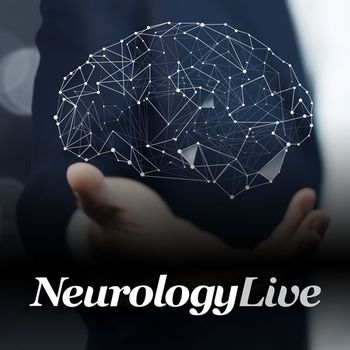
Responses from 1300 physicians suggest that increasing patient load and adding ancillary services may be the key to increasing annual income.

With 2 targeted treatments on the market, therapeutic development may now focus on early detection.
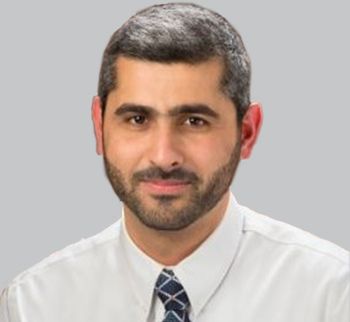
Exome-based screenings may allow for maximum diagnostic yield in an increasingly crowded field of genetic tests.

The differential diagnosis of frontotemporal dementia is complicated by its heterogenous clinical presentation, with symptoms that overlap with several other dementias.
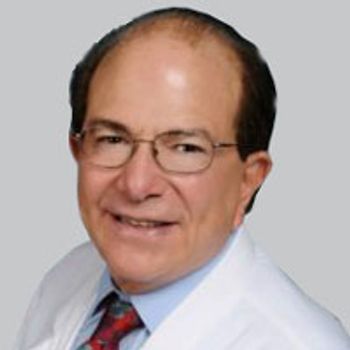
The director of the Jefferson Headache Center at Jefferson University Hospital discusses the problem with traditional nasal sprays and how improvements in formulation and delivery can improve efficacy.
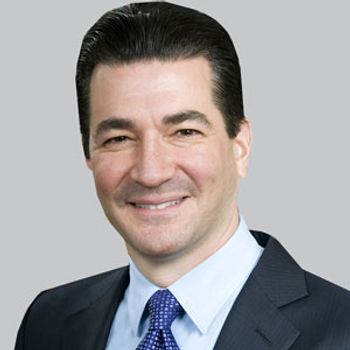
The administration is seeking help from the medical community and the public to increase risk awareness and report past or future adverse events associated with e-cigarette use.

The professor of neurology at Mayo Clinic spoke about the challenges he faces in diagnosing and treating hereditary ATTR amyloidosis polyneuropathy.

Survey respondents expressed willingness to participate in a randomized trial to evaluate the benefit of acute internal carotid stenting in patients undergoing endovascular thrombectomy.

Patients saw significant improvements in help-seeking behaviors and reductions in anxiety that positively correlated with headache load.

The dual-acting dopamine and norepinephrine reuptake inhibitor is approved for narcolepsy in once-daily 75 mg and 150 mg doses, and in OSA in once-daily 37.5 mg, 75 mg, and 150 mg doses.